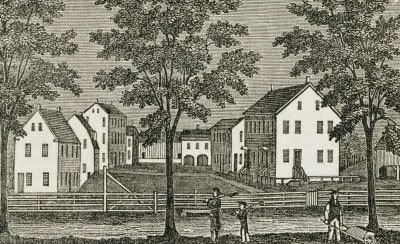
Both of these worlds inspire a possessive love in me - a love of place, and I also love moving freely between them. Last week I spent time with a friend of mine at the local Shaker Community, now an historical site but within my lifetime a dwelling place for the remaining community of Shakers - not preserved, but actual. I noticed that something had been lost in this change from real life to preserved life, but it was hard to put my finger on it. It was something about the translation and the assumptions made. Something about the difference between Eldress Bertha saying "Oh yes, I've made raspberry jelly just the way your Great Aunt did every year!" and a note over a jelly cupboard that reads "Sister's Kitchen Stores".
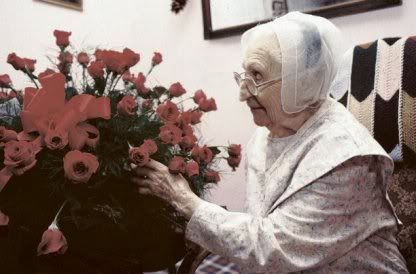
(Eldress Bertha at 90 yrs in 1987; she died in 1990)
The day we visited was Lavender Day and several people had gathered to enjoy the sun and the flowers in this beautiful setting.
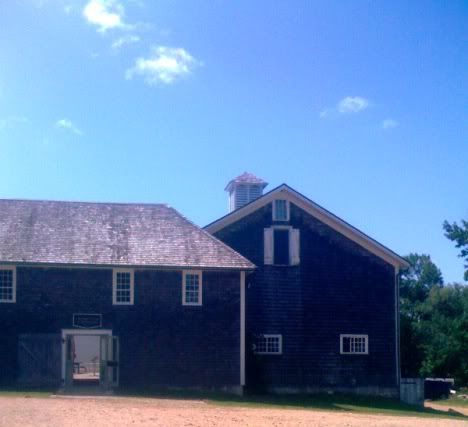

We didn't take a formal tour, having done that several times in the past, but wandered on our own. Dwelling houses were open and re-enactors shared the details of that particular house while dressed in Shaker garb.

We visited the Sister's Shop, the home of Henry Clay Binn who was the village beekeeper, map maker, Elder, and school teacher, and the Infirmary.
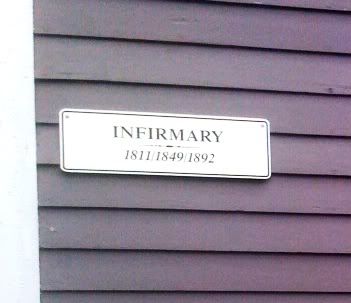

This volunteer was a 1923 doctor who definitely stayed in character throughout the whole time. The infirmary included his office with all its medical stores such as Extract of Ginger, Alum, and other botanicals in tall glass jars as well as the beginnings of chemical medicines. In his office was a dental chair with the implements common to the first quarter of the last century. The next room had surgical equipment - a regular iron bed, three metal bowls on a stand, and a wooden table for the surgery equipment, as well as a fireplace. He explained that surgery was performed in the patient's room, so they didn't have to be moved afterward, and they recovered in the same room. There were two surgery/bedrooms downstairs, the office, and a large kitchen and pantry. Presumably the doctor lived upstairs.
Next, we visit the house labeled the "Sisters' Shop". In this building, all the needlework items that the Shakers sold and used themselves were created.
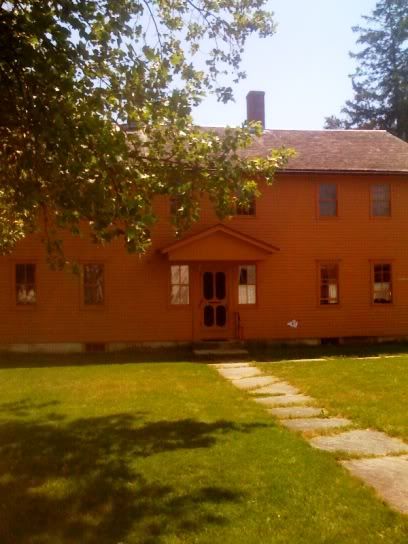
This was the place that was most interesting to me! Each room was set up as a workroom for knitting, sewing, weaving, spinning, and basket-making. The Sisters even made doll clothes! In one airy, light room, two octagonal tables were placed, each with two or three ladder-back chairs around it. On the tables were sewing and mending baskets and hanging from the walls, wool capes that had been mended. A cabinet held a vast quantity of wire double-point needles and bone crochet hooks. In one corner near the cast iron woodstove heater, a small floor-standing skein winder stood near a small stool - perhaps a child's job to wind the spun wool into skeins?

In the next room a long shelf the length of the wall was used for cutting cloth. Chairs without arms and with very short backs were placed near the large spinning wheel, the loom, and the old cast iron sewing machine. The woman at this house explained that these chairs were especially designed for movement back and forth in the chair when doing these three activities and no arms meant that you didn't bump your elbows! I think it must have been very hard on the back though!
We also visited the Henry Binn's house. It would be unusual for him to have a whole house to himself, but it's more likely that he lived with other Brothers, and he was so interesting historically, that the historical society just used this building to highlight him. I did ask the man who was presenting this building (who was very enthusiastic and dresses like an early 18th century Shaker brother, suspenders and all) about one of the displays and he said that is was indeed Henry Binn's own bedroom with furniture he had made, all except the bed (which was about 5 feet long). Henry Binn was an interesting character. He must have had a brain too big for his circumstances because he was always inventing and always learning something new. He had many many professions within the Shaker community. He wasn't just the Beekeeper, he invented a new type of bee skype that circulated air to cool the honey, thereby freeing up the worker bees who were formerly kept busy fanning their wings all day every day to cool the honey comb, to go out and gather more pollen to make more honey! His bees were the most productive in New England! He taught botany and other subjects at the school, and was a map maker, creating beautiful wall-size maps drawn, illustrated, and water-coloured by himself. They are works of art...

After all this history, we were ready for lunch! In the past, the restaurant was characterized by its delicious presentation of real seasonal Shaker recipes using produce from the gardens but a new chef has renamed it and made it more modern, though the food was still decorated with edible flowers.


In the shop, lavender cookies were for sale in honor of Lavender Day. The recipe wasn't available, but here is Eldress Bertha's own recipe for Lemon Verbena Cookies:
Lemon Verbena Cookies
Sift together in a bowl
2 cups and 2 Tbs flour
1 cup sugar
1 tbs soda
¼ tsp salt
Add
¾ cup milk
1 tsp lemon juice
1/3 cup cooking oil
1 egg beaten
2 tbs lemon verbena – pulverized
Bake at 325 for 8 mins
Our next adventure was to visit the extensive gardens in the back.
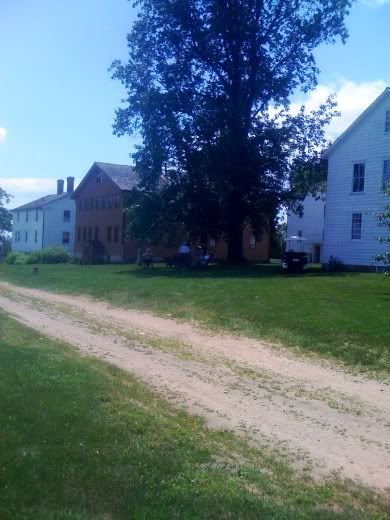

The gardens are set in between the community buildings and the upper pond which is a popular home for beavers and swans.
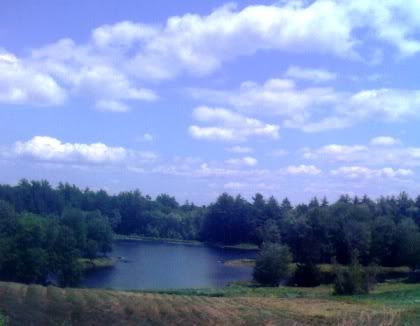
We sat in green Adirondack chairs for a while and just relaxed in this peaceful setting until several people saw us and thought this was a great idea, so a crowd gathered. Then we moved on to tour the gardens. This used to be a produce and herb garden with a few flowers that had culinary or medical use, but this day it was mainly ornamental.

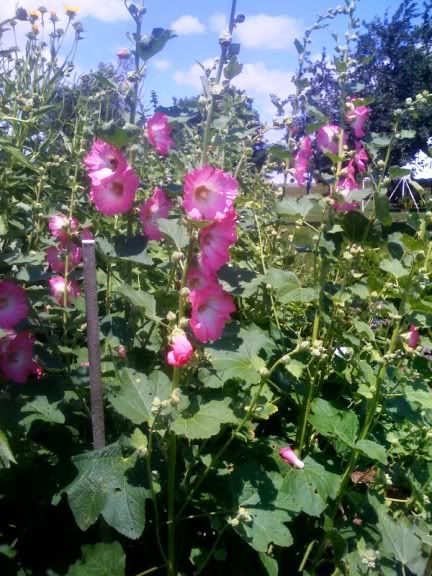
In one of the workrooms, stations were set up for visitors to make bouquets using the language of flowers. That was a very popular activity!
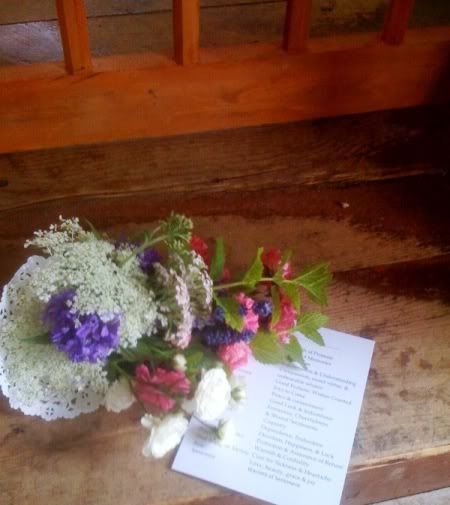
From the gardens you can see the whole village against the sky:
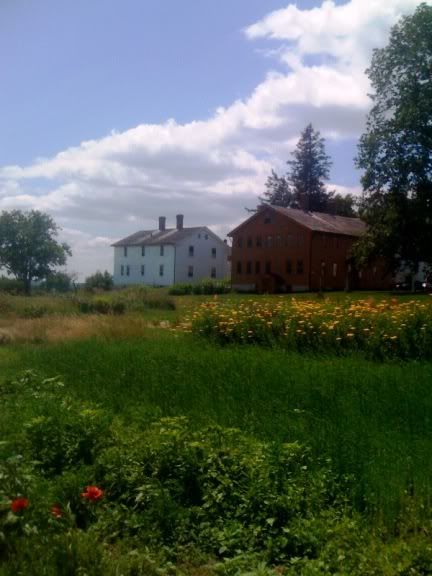
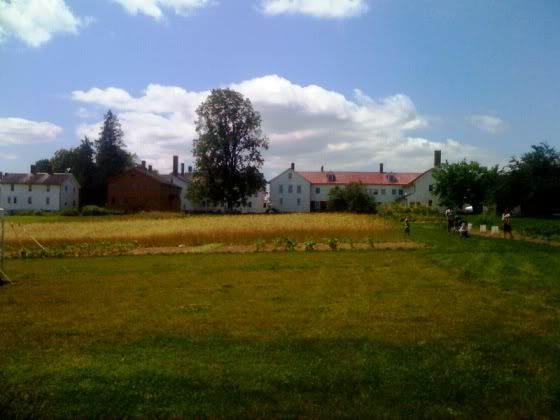
On the way out, we admired the farm stand garden and my friend bought some lavender plants...
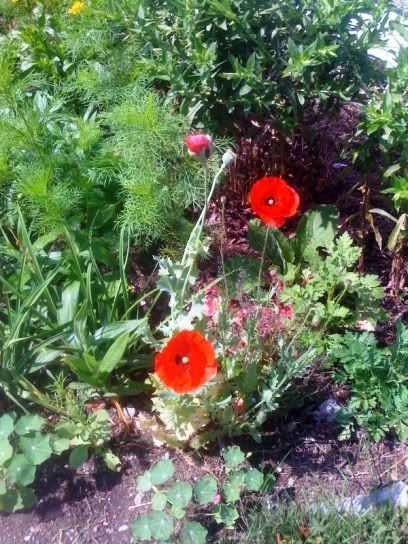
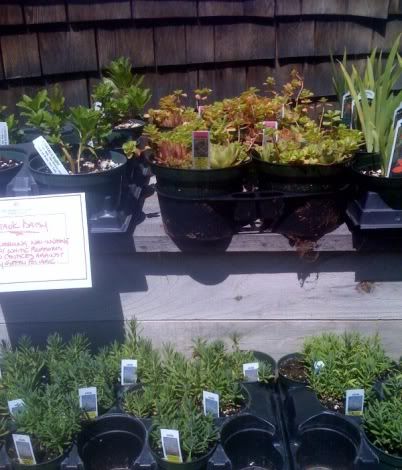
Of course, we visited the gift shop too. But I can't comment on that (ahem) because I bought too many things for future gifts!












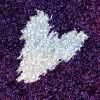
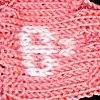

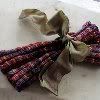

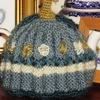



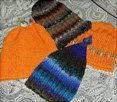


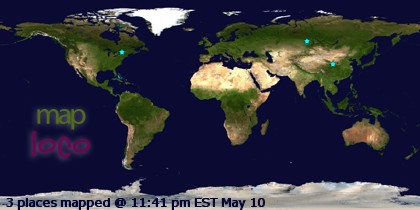
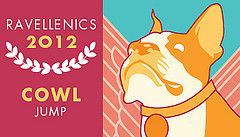
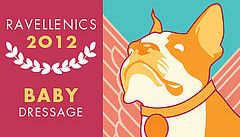
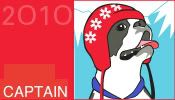



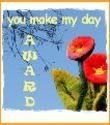

1 comment:
Thank you, Sophia, for this beautiful journey. Very interesting.
Post a Comment